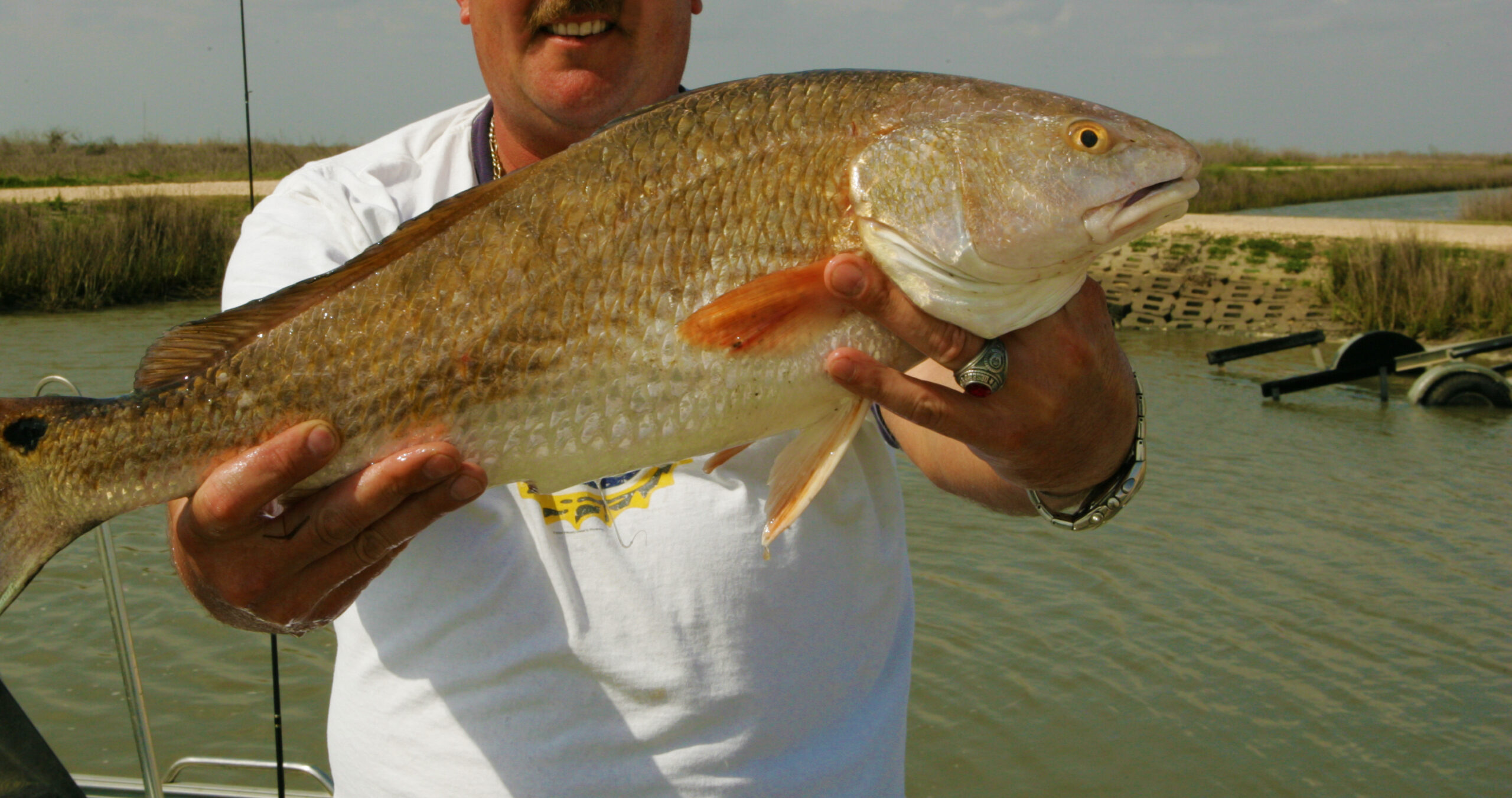Can NC’s Official Saltwater Fish Survive in the Mediterranean?

A Facebook group identified a red drum caught off the coast of Italy.
Research Need
North Carolina designated the red drum, Sciaenops occellatus, as its state saltwater fish in 1971. (The state freshwater fish is the brook trout, Salvelinus fontinalis, as designated in 2005). Common to the Atlantic coast from Maine to northern Mexico, red drum thrive in North Carolina waters, preying on crustaceans and finfish. Because these predators are large and mobile, red drum are an important component of coastal food webs — and a popular target for saltwater anglers.
But commercial aquaculture facilities, both in the United States and other countries, also have grown red drum for some time. Most cultivation of red drum outside of the United States is for human consumption.
What would happen if any of these red drum were to escape or were released into ecosystems outside of the species’ native range? Would they survive?
Non-native species have the potential to alter natural ecosystems. In the southeastern United States, we certainly know all too well about lionfish.
What did they study?
On April 17, 2016 a local commercial fisherman landed an unusual fish in his trammel net in the estuarine waters of southern Sicily, Italy. A concerned citizen noticed the fish in the day’s catch and then posted a picture of it to an Italian fisheries Facebook group to seek an identification.
What did they find?
Referring to common features outlined in published North American fisheries field guides — such as body shape, color pattern and a distinctive dark circle with pale edges near the fish’s tail — the group identified the specimen as a red drum. It was the first red drum reported in Italian waters and only the second documented in the Mediterranean Sea. The single fish was among typical estuarine species of the region in the same catch, but, unfortunately, no one preserved the red drum for further examination beyond the photo.
What else did they find?
Based on the known size of the fish tote in the Facebook photo, the red drum was 25 to 27 inches long.
Anything else?
The investigators can only speculate about how the non-native found its way into the wild off the Italian coast. However, the size of the fish coincides with those from an aquaculture facility in southern Italy that started culturing red drum in 2013. Likewise, red drum are regularly farmed in Israel, across the Mediterranean Sea.
Reading
Langeneck, J., Marcelli, M., Bariche, M., Azzurro, E. 2017. Social networks allow early detection of non indigenous species: first record of the red drum Sciaenops occellatus (Actinopterygii: Perciformes: Sciaenidae) in Italian waters. Acta Adriat., Vol. 58 (2):365-370. https://doi.org/10.32582/aa.58.2.15
This publication provided no funding information for the study.
Summary compiled by Scott Baker
Image: red drum, Anahuac National Wildlife Refuge, photographed by Steve Hillebrand, U.S. Fish and Wildlife Service
The text from Hook, Line & Science is available to reprint and republish, but only in its entirety and with this attribution: Hook, Line & Science, courtesy of Scott Baker and Sara Mirabilio, North Carolina Sea Grant. HookLineScience.com
- Categories:



